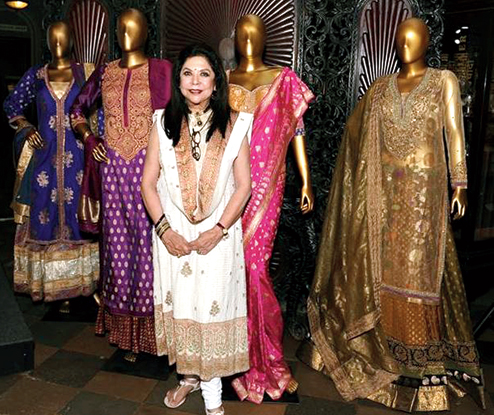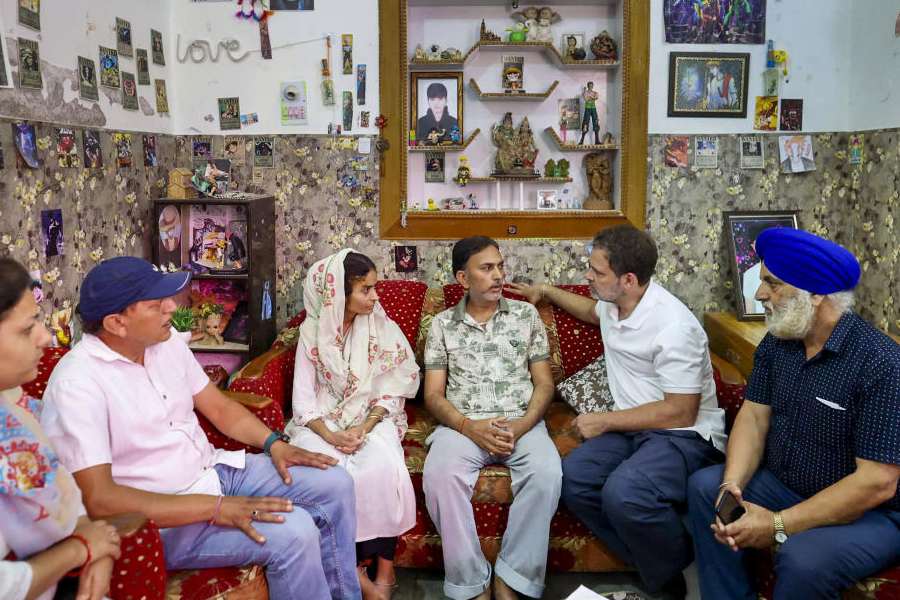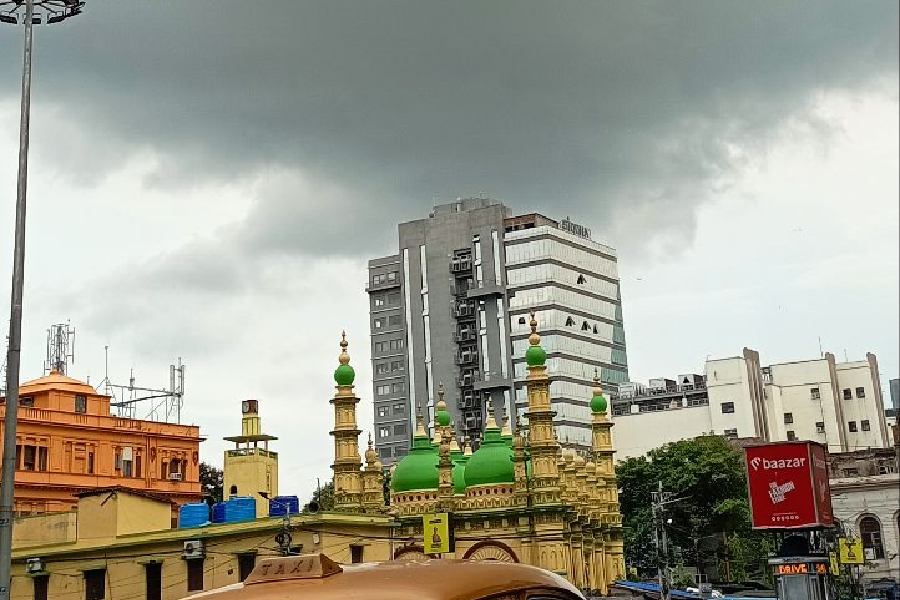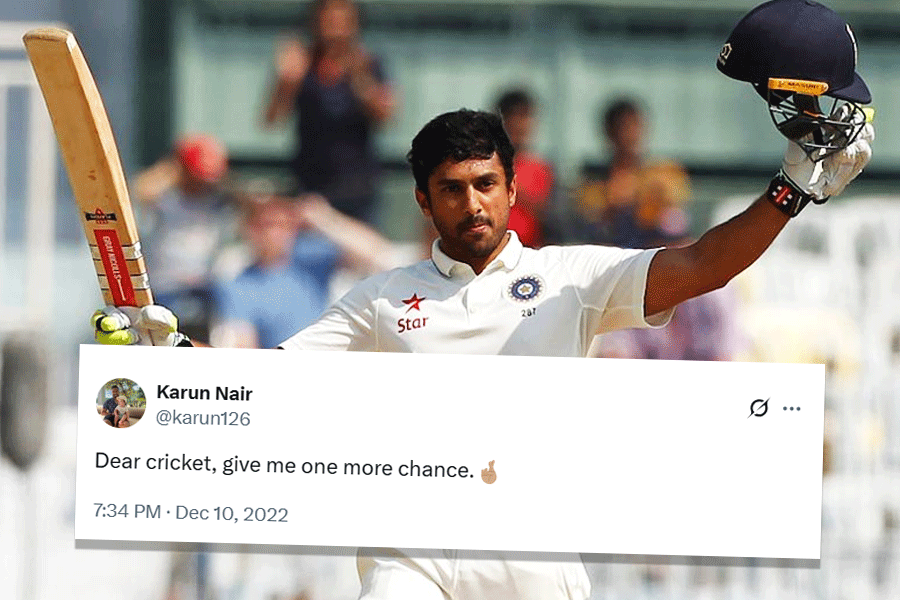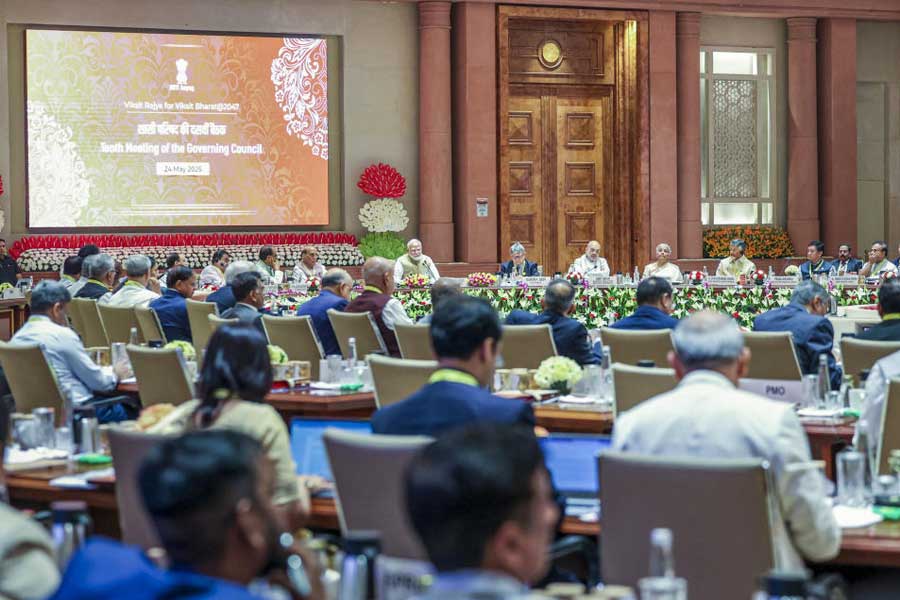
She has been a champion of hand-weaves and hand-block printing. Now, Ritu Kumar has turned her attention to the “oldest form of Indian couture” — Benarasi weaves. For her Lakme Fashion Week showing on August 27, Kumar has done a collection based on Benaras.
“Benaras has got a unique energy to it, despite being very, very dirty. It’s a difficult place to work in... accessibility becomes a problem after a certain point. But it is the most ancient living city in the world and it’s got such layers of history that there’s something to see around every corner,” says Kumar, who loves the “crowd kaleidoscope”, the ghats, sweets, paan, flower mandis.... Above all, she’s in love with the textiles of Benaras. Over to RK...
Brush with history
Handlooms is a place that I’ve been wanting to visit for a very long time; 15-20 years ago I had done handlooms of various regions... Odisha, Bengal, Bhagalpur, Jharkhand, Andhra and khadi where I had started and developed programmes for handloom… but I don’t think I really got very far with it.
Also, unlike most other handloom areas, Benaras is in a critical stage... there were 60,000 weavers at one time of very high skill, and today there are about 15,000 and going down every day. What is happening in Benaras is part of our revival programme, which is the company’s corporate social responsibility (CSR). It is the last part of the world that is left that does brocade in silver and gold on silk. It used to be real gold and silver, but now metallic substitutes are used with the same technique. The master weavers are still there, the looms are still there.
The textiles of Benaras have been documented since the Mughal times but perhaps the skill was there from before. You can see samples of that in the miniature paintings, both in Rajasthan and Mughal art... references of woven textiles…worn by the emperors.
By the banks of the river there were these palaces... the Darbhanga Palace, the Jaipur Palace... all the big riyasats used to have their palaces there and these weavers were tied up for patronage with these riyasats and each one had their particular type of weave. Like the Muslim kingdoms did not encourage any kind of animal motifs or any figurines, while those from Jaipur and Bikaner would want peacocks woven, like Mysore and Gwalior had their nine-yard saris.
This was India’s couture. And everything was woven in Benaras. It was the hub of master weavers.
The other patronage of the Benaras weavers were the Buddhist monasteries. Leh, Ladakh, Bhutan… all the cloths that they have inside the monasteries were all woven in Benaras. So you have the highest quality of weaving in the world. And it’s like a monument we are losing.
In the last 100 years, with the colonial presence, there was a systematic policy of killing handloom in India because they wanted to make all the textiles in England and sell them back in India. What began happening is all the beautiful motifs that Benaras had… the kairies, the ambes, the bootis, the patkas... were slowly changing, they started looking more English and all these wallpaper designs started being woven into the textiles, which made the saris stiff.
Then the Chinese yarn came, which made the textiles even stiffer. The Chinese are knocking off all the good designs Benaras had and weaving it on a very soft material in China and selling it back to India. Now they have started using metallic threads from Surat, which are synthetic. So the weaving is there, but the yarn has changed, the designs have changed. The place is in trying-to-survive mode.

The road ahead
There is this central government ministry of textiles project where they are trying to introduce any designer who wants to work there with these clusters that they have been associated with. I have associated with one of the clusters that’s doing the best work. The process started with the yarn; the yarn has to be hand-spun, so that the saris are supple. The designs have to be recreated from old museum designs. We visited Bharat Kala Bhavan Museum, National Museum (in Delhi) and Banaras Art House, photographed designs and gave them to the weavers. We found the designs with some of the antique dealers.
The attempt is to reintroduce the designs and the colours, to recreate what made Benaras so beautiful. We’ve got 30 weavers and are working with the master craftsmen. What we can do is be a catalyst and hope that tomorrow all the sari shops in India will get the beautiful saris woven in Benaras, because there is a tremendous possibility there.
As told to Smita Roy Chowdhury

